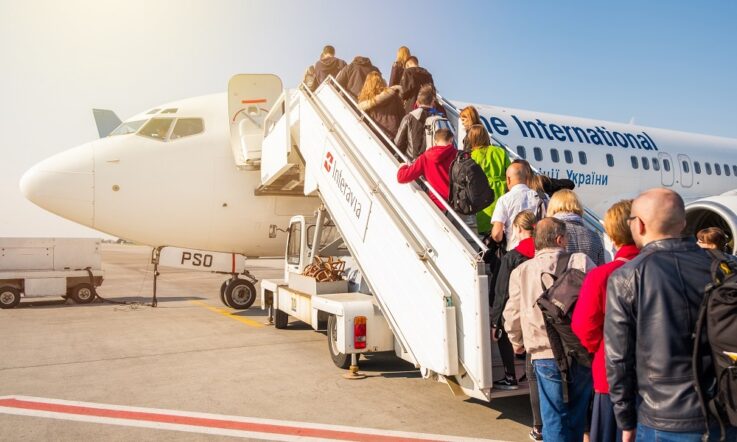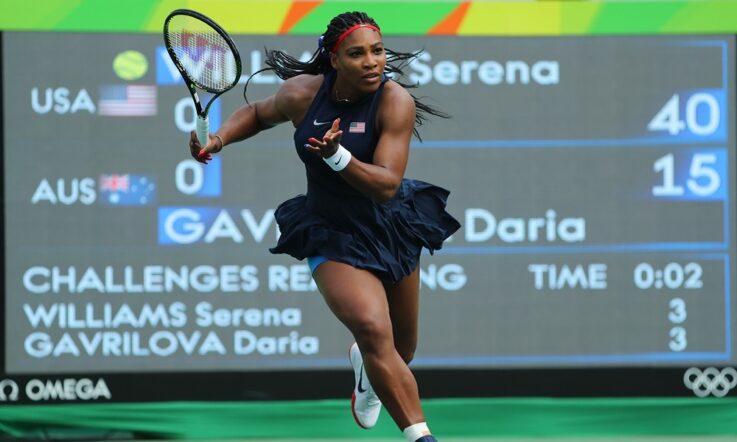Students develop their capabilities when they transfer and apply their skills and knowledge to different contexts, including real-world scenarios. The International Mathematical Modeling Challenge (IM2C) focuses on the real-world application of learning, and the Australian winners have just been announced by the Australian Council for Educational Research (ACER). The teams from Canberra College and James Ruse Agricultural High School in New South Wales will now go forward to the international round of judging later this month. Here we speak to the teacher advisors from both teams to find out how the challenge has benefitted students, and their own practice, and share details of the tricky task competitors around the world were asked to tackle.
How would you go about bringing together sports teams from around the globe to compete in an international league? There’s not just the complex fixture schedule to crack – considering time zones and locations while ensuring the matchups are fair – but also economic and environmental sustainability. Oh, and scope for expansion in the future. That’s the tricky task presented to students competing in this year’s IM2C.
Teams of up to 4 students from the same school call on their mathematical knowledge, problem-solving, critical and creative thinking skills, teamwork and resilience to unpack the problem and come up with a solution. They’re also against the clock – teams choose 5 consecutive days during the competition period to work on the problem and complete a report for judging.
IM2C is coordinated in Australia by ACER. To participate, teams must have a team advisor, who is usually a teacher at the school. Sonali Kansal teaches all levels of mathematics at Canberra College and coordinates a range of enrichment and extension opportunities designed to engage students beyond the classroom. She’s also advisor to one of the Australian winners of IM2C 2025 – Team Big M – and says it was a privilege mentoring the year 12 students. ‘My role involved supporting them through the process of developing a real-world mathematical model, guiding them to structure their report, and fostering critical and creative thinking,’ she tells Teacher.
‘This was my first time mentoring a team for the IM2C, and it was an incredibly rewarding experience. For students, this challenge developed their problem-solving skills, collaboration, resilience, and the ability to apply mathematical concepts in authentic contexts.
‘For me as a teacher, it was a valuable opportunity to support students in a different learning environment – one where they take ownership of the problem and the modelling process. It was inspiring to witness their growth and the level of independence they demonstrated throughout the challenge.’
Kansal says making it through to the international round has been a proud moment for the students, but also the broader college community. ‘It’s wonderful to see the students’ hard work recognised, and it really highlights the exceptional talent and potential we have here at Canberra College. Moreover, this experience has helped to raise the profile of mathematical modelling and problem solving across the College, inspiring greater interest, and engagement in these areas among students and staff.’
As winning students Sam, Dominic, Noah and Brendan put it, ‘being part of this global competition broadened our mathematical horizons beyond the classroom’.
Although the IM2C isn’t formally embedded in the mathematics curriculum, Kansal says the College has a strong emphasis on the value of mathematical modelling and its real-world applications, so the competition aligns closely with these broader educational goals to encourage students to ‘engage with real-world contexts, think analytically and apply maths beyond the textbook’. She adds: ‘We aim to give students opportunities to tackle open-ended problems, and challenges like the IM2C really complement that approach. They reinforce the idea that mathematics is not solely about finding the correct answer, but also about asking meaningful questions and exploring complex systems with curiosity and rigour.’
For teams around the world taking part in IM2C this year, there was certainly plenty to ponder and explore. Key criteria included having a league of 20 teams, with at least 2 from each continent (excluding Antarctica), and a season length between 8 and 9 months. However, there was a lot that was open-ended: students had to decide on a team sport with potential for global expansion (it was recommended they go for something they’re passionate about), come up with a model to produce a ‘fair and effective schedule’, and then test how well that model adapts to changes in the league.
James Ruse Agricultural High School’s (sin)madness team is the second Australian finalist. Team advisor Kin Ng has been involved in a few IM2C challenges. ‘My primary role at the school is as a maths teacher. On top of that, I am a coordinator of maths competitions; I do the administration work to accommodate students to participate in extra-curricular activities on the mathematics field, IM2C being one of them.
‘While my name is put down as the “mentor” of the team, my main role in the IM2C is to make sure the team has the resources needed to do the best they possibly can. The school has been involved in IM2C since 2019 (I took over as the coordinator role in 2021) and this has been the best result we have ever had.’
Like Kinsal, he says the IM2C gives students an opportunity to apply their mathematics skills to real-world problems ‘beyond the school syllabus, developing skills in research, collaboration, and communication. Through working in teams under time pressure, students build resilience, learn to use tools like LaTeX, and gain valuable experience in tackling complex, open-ended tasks that prepare them for future academic or professional work.
‘The benefits for the teacher?’ he adds, ‘Really seeing the students in their element; the amount of engagement I saw was on a level I have never seen in any class, and that is true for all teams that participated this year, not just the winning team.’
At James Ruse, problem-solving opportunities are embedded throughout the year 7-12 learning program, including assignments in years 8 and 9 designed to ‘push students to learn concepts through investigation’. ‘The school also prides itself in embedding materials from the Australian Mathematics Trust into our teaching program, to promote problem solving, and thinking outside the box,’ Ng explains.
Talking about the (sin)madness team reaction to making it through to the international round of judging in July, he says the huge ‘yes!’ they belted out when he shared the result was irreplaceable ‘and reminds me that success should never be taken for granted, for any student in any setting’.
IM2C Australia Director Dr Kristy Osborne says the enthusiasm of students in tackling a real-world problem is a great part of the challenge. ‘Those schools that take it on are giving their students the gift of knowing what it feels like to confront the complexities of a real-world problem and be invigorated by it, rather than intimidated.’
There were 77 Australian teams who participated in IM2C this year, representing 21 schools. Here are the results.
Outstanding achievement
- NSW State Award. James Ruse Agricultural High School: Flora Li, Jiwon Kim, Austin Chang, Varun Krishna Rao.
- ACT Award. Canberra College: Brendan Johnson, Dominic Maher, Samuel Xholi, Noah Krumpholz.
Meritorious achievement
- James Ruse Agricultural High School: Aurelien Xu, Chesandu Hewapathiranage, Ian Chen, Qile (Peter) Shan.
- James Ruse Agricultural High School: Ian Park, Linus Guo, Linyue (Robinson) Lu, Srihaas Komminni.
Honourable Mention
- QLD State Award. Brisbane Boys’ College: Kyle Shen, Jonathan Su, Austin Chen,
Alistair Henderson - James Ruse Agricultural High School: Junyi Lu, Jihun Park, Stephen Zhu, Eden Zhu.
National finalists
- James Ruse Agricultural High School: Aum Desai, Evan Yang, Aiden Wen, Lenis Wu
- Northern Beaches Secondary College (Manly Campus): Alexander Burns, Ethan Poon, Jordan Elias Truong, Andre Tze-Ngai Kwok.
- Northern Beaches Secondary College (Manly Campus): Ryan Kai Xi Chen, Danila Ponomarev, Roger Tiun Rong Full, Maan Garg.
- A B Paterson College: Matilda Grant, Ramandeep Sethi, Tiantian Shen, Miki Qiao.
The top entry in the year 7 to 9 category came from Caulfield Grammar.
The International Mathematical Modeling Challenge (IM2C) is a team competition for secondary school students. To find out more about the Australian challenge, including how to get involved in 2026, access teacher resources and download an information pack, visit www.immchallenge.org.au



